Story Beats and The Rhythm of Storytelling | Develop Your Story Flow
Story beats and pacing shape a narrative’s rhythm. By linking events with the various technique, storytellers create compelling, dynamic stories that maintain momentum and engagement across different mediums.
A well-structured story is not just about what happens but also about when and how it happens. Beats and pacing determine the emotional and narrative flow, ensuring that each moment resonates with the audience. A strong understanding of these elements allows storytellers to maintain engagement, build tension, and create a satisfying payoff.
What Are Story Beats?
Story beats are the key moments that drive the narrative forward. They serve as the building blocks of storytelling, creating a rhythm that keeps the audience invested. Every scene, interaction, or decision contributes to these beats, propelling the protagonist toward their ultimate goal.
A crucial storytelling principle used by South Park creators Trey Parker and Matt Stone is the "But/Therefore" technique. They argue that strong stories should avoid a simple "and then" structure, where events unfold without meaningful connections. Instead, each beat should be linked by "but" or "therefore," ensuring that every event is a reaction to the previous one.
For example, instead of saying:
- "The protagonist receives a mysterious letter, and then they decide to investigate."
A stronger version using "But/Therefore":
- "The protagonist receives a mysterious letter, but they are hesitant to investigate; therefore, they seek advice from a trusted friend."
This technique introduces conflict and causality, making the narrative flow more dynamic.
Watch Trey Parker & Matt Stone explain this storytelling technique
There are two main types of beats:
Major Beats – Structural Pillars of a Story
These are the key turning points that define a story’s arc, ensuring that the narrative progresses in a meaningful way.
- Inciting Incident – The moment that disrupts the protagonist’s normal life and forces them into action.
- Example: In Star Wars: A New Hope, Luke Skywalker discovers Princess Leia’s message in R2-D2, setting him on his journey.
- Midpoint – A major event in the middle of the story that shifts the stakes or reveals crucial information.
- Example: In The Matrix, Neo visits the Oracle and starts questioning his role as “The One.”
- Climax – The story’s emotional and narrative peak, where conflicts reach their most intense moment before resolution.
- Example: In The Dark Knight, Batman must choose between saving Rachel or Harvey Dent, leading to irreversible consequences.
Minor Beats – The Moments That Build Depth
While major beats shape the story’s structure, minor beats create emotional nuance and develop characters. These include:
- Character Decisions – Every choice a protagonist makes should reflect their internal growth or struggle.
- Example: Michael Corleone choosing to kill for the first time in The Godfather marks his transformation.
- Action Sequences – Well-placed action sequences increase tension but should serve the story rather than exist for spectacle.
- Example: The intense car chase in Mad Max: Fury Road keeps the plot moving while showcasing character dynamics.
- Tension-Building Moments – Pauses before a major event allow audiences to process stakes and deepen engagement.
- Example: The dinner scene in Inglourious Basterds is filled with slow-burning suspense before an inevitable explosion of violence.
Plot-Driven vs. Character-Driven Stories
The role of beats and pacing shifts depending on whether a story is plot-driven or character-driven. Both approaches can lead to compelling narratives, but they emphasize different storytelling priorities.
Plot-Driven Stories – External Action and Conflict
Plot-driven stories prioritize external events, focusing on missions, conflicts, and obstacles that drive the protagonist forward. The character reacts to situations rather than initiating change from within.
- Example: Mission: Impossible – Ethan Hunt is defined by his ability to adapt to high-stakes situations, with the plot moving from one elaborate mission to the next.
Plot-driven stories require precise pacing, as momentum is key to keeping audiences engaged. The challenge is to maintain an exciting tempo while ensuring character moments still feel organic.
Character-Driven Stories – Internal Growth and Transformation
Character-driven stories focus on internal change, with external events acting as catalysts for personal growth. These narratives explore a protagonist’s psychological and emotional journey, often leading to moral dilemmas or self-discovery.
- Example: The Godfather – Michael Corleone’s transformation from reluctant outsider to ruthless mafia boss is the heart of the story, with external events serving to reveal his internal descent.
Character-driven stories tend to slow down for introspective moments, allowing audiences to fully engage with a protagonist’s emotions, choices, and struggles. The pacing must balance internal reflection with enough external momentum to prevent stagnation.
Managing Pacing in Different Mediums
Pacing is not a one-size-fits-all concept. Different storytelling mediums allow for different rhythms, with some favoring long-form exploration and others requiring tight, fast-moving narratives.
Novels – Deep Exploration and Thematic Development
Novels allow for more internal monologues, background details, and thematic exploration than other mediums. Writers can take their time developing characters and world-building. However, too slow a pace can lose the reader’s interest, so structuring beats effectively is crucial.
- Example: The Name of the Wind by Patrick Rothfuss spends time developing the protagonist’s personal history, but every scene contributes to his journey.
Films – Tight Visual Pacing
Films must balance visual storytelling, dialogue, and action within a limited runtime. Every beat must be precise, as audiences expect a structured rise and fall of tension over two hours.
- Example: In Mad Max: Fury Road, nearly every scene contributes to relentless forward momentum, ensuring no wasted time.
TV Shows – Long-Form Character Arcs
TV shows have the advantage of extended storytelling, allowing for more subtle character beats and slower-burn narratives. However, individual episodes must still have well-paced story beats to keep audiences engaged from week to week.
- Example: Breaking Bad maintains long-term pacing by gradually escalating Walter White’s transformation while keeping each episode engaging with self-contained conflicts.
Comics/Graphic Novels – Visual Control Over Time
Pacing in comics is controlled through panel layout, dialogue placement, and page turns. Creators manipulate space to guide readers through moments of action, tension, or quiet reflection.
- Example: Watchmen uses carefully structured panel layouts to enhance tension, particularly in its nonlinear storytelling moments.
Final Thoughts
Mastering beats and pacing is key to crafting compelling narratives. Major beats like the inciting incident, midpoint, and climax provide structure, while minor beats add emotional depth. Whether plot-driven or character-driven, a story’s rhythm determines its impact. Ultimately, these elements shape storytelling, turning a simple narrative into an engaging, unforgettable experience.
If you love dissecting stories, uncovering what makes them work, and exploring how storytelling is changing in real-time, make sure to subscribe to The Storytects Podcast. Each episode dives into the art and science of storytelling, featuring deep dives, guest interviews, and creative discussions designed to inspire writers, filmmakers, and content creators.


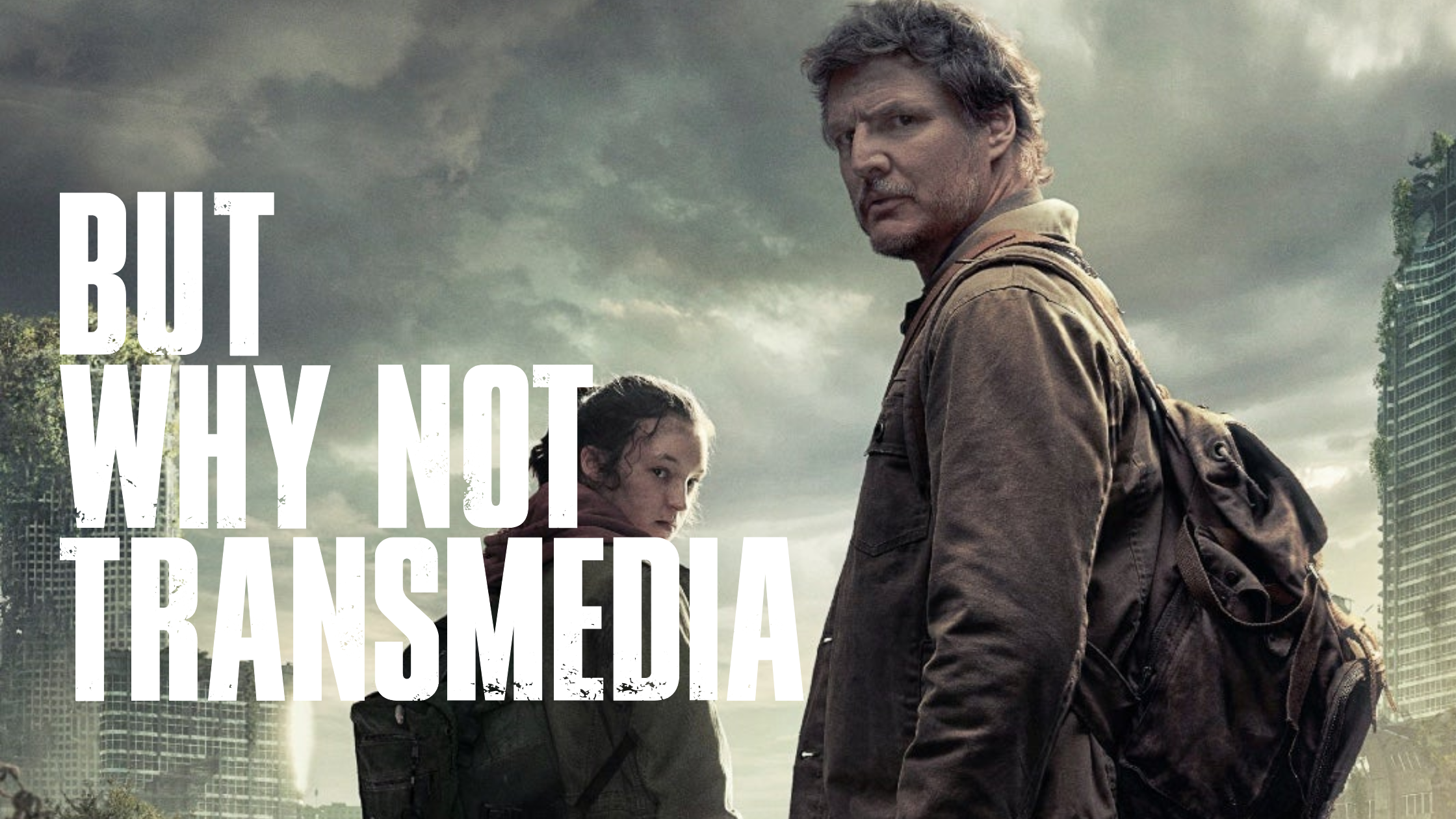
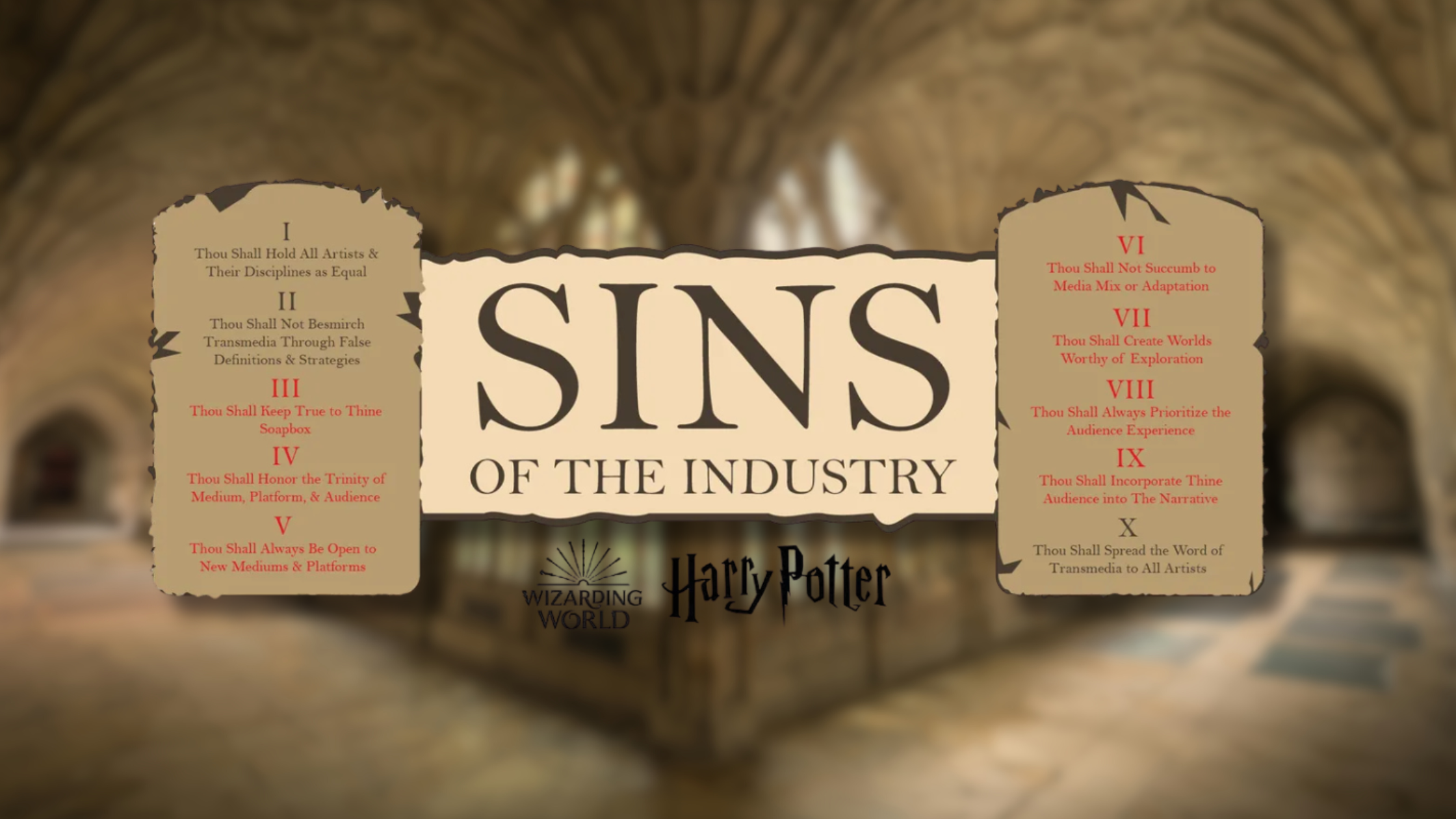

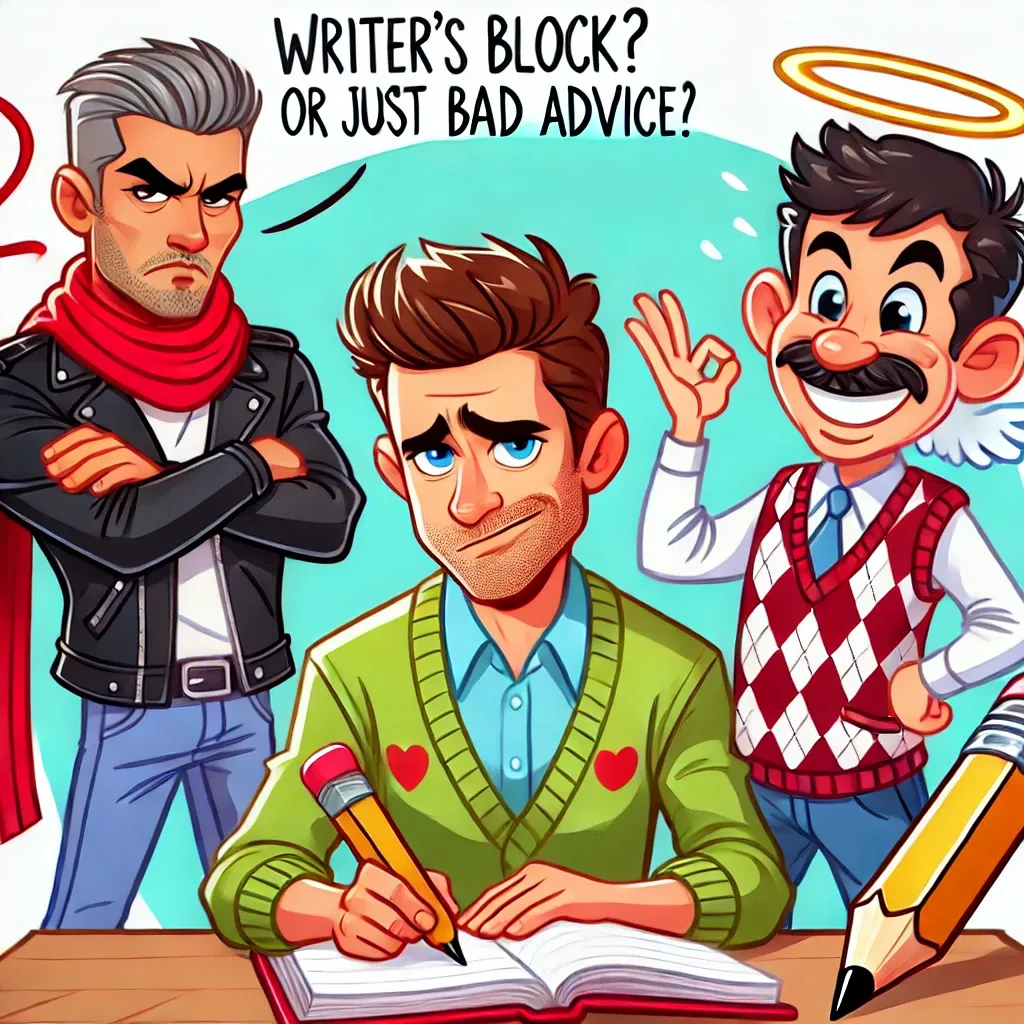
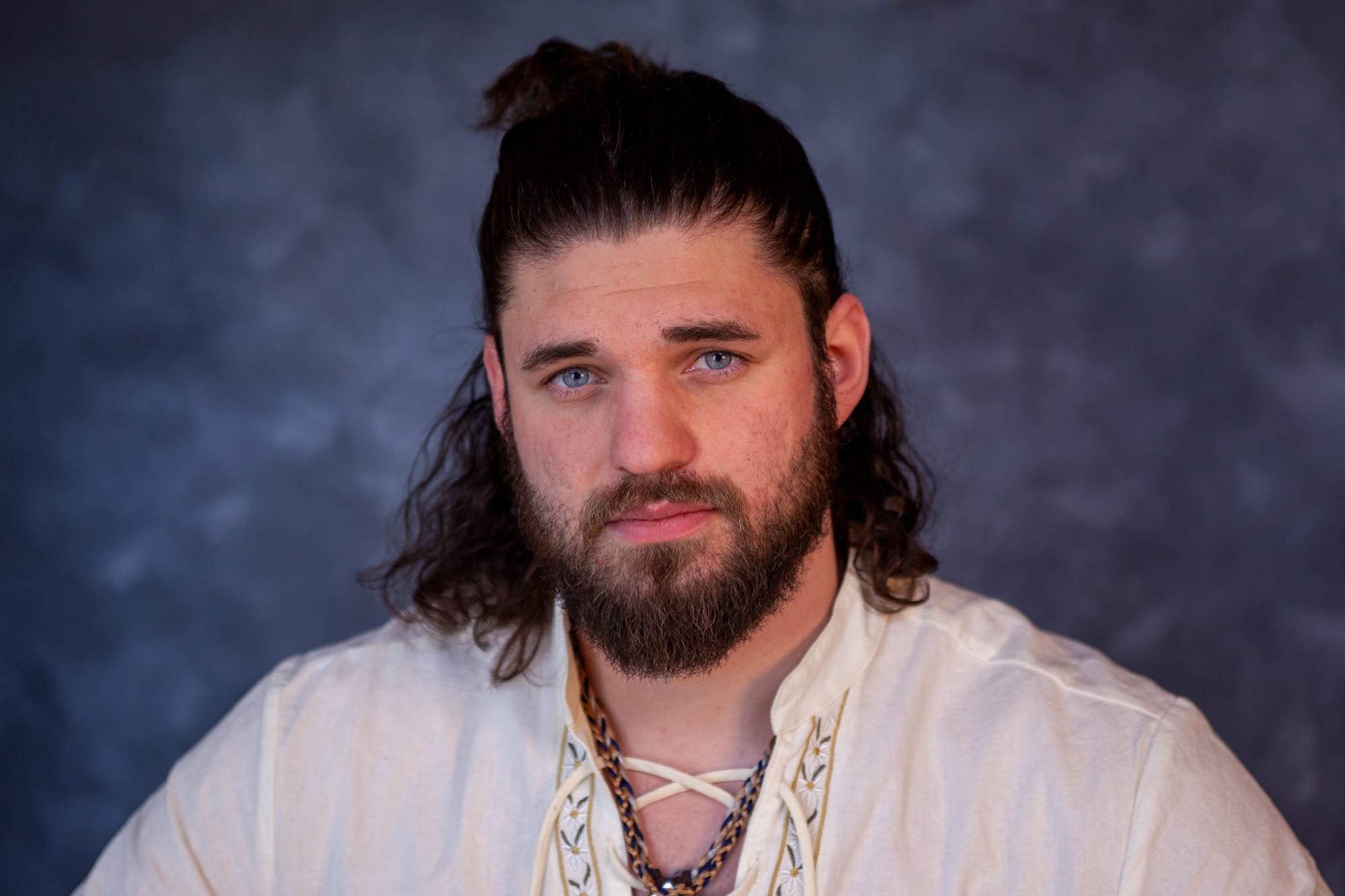



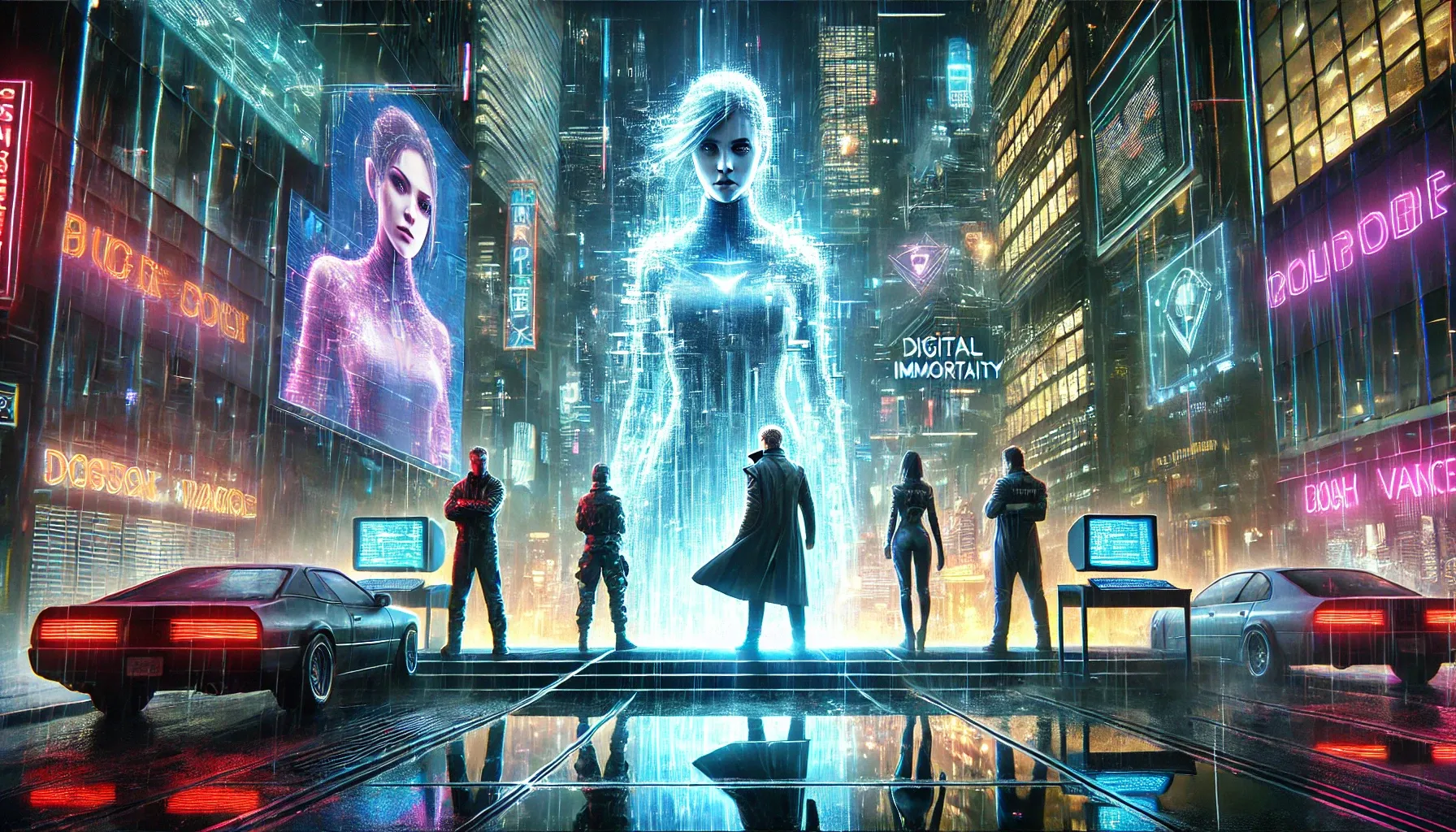



Discussion